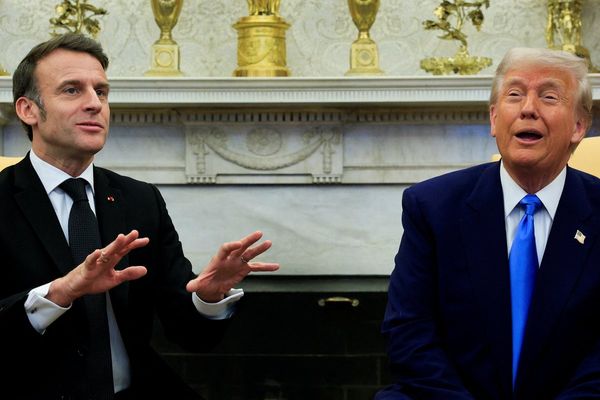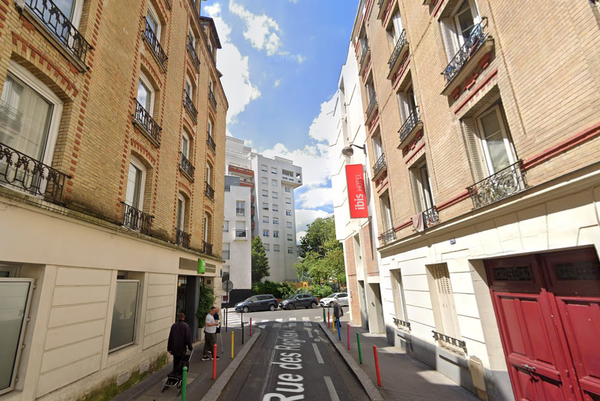Less is more is the story of the tourism numbers to Australia's smallest state — with fewer people visiting Tasmania, but staying longer and spending more.
And while the data is promising, tour operators have said there is still a way to go before the sector is back to 2019 pre-COVID levels.
According to the Tasmanian Tourism Snapshot, in the year to March the state had 744,200 visitors, which was down on 2019's figure of 1,324,100.
While visitor numbers have not returned to pre-pandemic levels, travellers are spending more money on average and staying longer.
The average spend per night is up by $36 on 2019 levels, to $271.
People are also staying an extra two nights on average compared to 2019, from an average of 8 days up to 10.8 days.
This means that the average spend per visitor trip for 2022 is $2,939, an increase of 55 per cent.
The total visitor spend is still down on 2019 but higher average spending means the gap is smaller than anticipated.
The top activities are visits to historic sites, national parks, the markets, bushwalks and museums.
Most holiday-makers travel to the greater Hobart area, with the north of the state the second-most-popular destination.
Visits to non-Hobart destinations have increased from previous years.
Tasmania's biggest market was Victoria, followed by New South Wales — both of which were locked out for part of the year.
Queensland's tourist numbers increased by 10 per cent on previous years.
Robert Pennicott from Pennicott Wilderness Journeys said while his business has been steadily bouncing back, there is still a way to go before they reach pre-pandemic numbers.
"We're probably about 30 per cent down or 25 per cent down. However, because of COVID, we had to go through our business and really fine-tune it."
"I would say by the time we get to around September and October, I think we could be back to pre-COVID numbers."
Mr Pennicott said his business has seen visitors from all across Australia this year.
"Our key markets are New South Wales and Victoria, but Queensland's also doing quite well.
Mainland 'cabin fever' helping island operators
Mr Pennicott said a hesitancy for Australians to book international travel was a positive thing for local tourism operators.
"The international travel from Australia has started, but it's still relatively slow compared to how it was."
"The people from the other states of Australia have a fair bit of cabin fever, and they're definitely wanting to get a holiday because they haven't had one for a couple of years.
"There's no doubt that they're spending a higher yield and more time here."
Owner of the Tahune Airwalk Ken Stronach said it will be a considerable time before his tourism business makes a full recovery.
"We were closed all of 2019 because of the fires, so we've really had three and a half years of [downturn].
"Our mainland domestic market and our Tasmanian markets are holding more than their fair share in those areas. They are, however, still down on levels we saw in 2018."
International market gone missing
Mr Stronach said his business saw a higher percentage of travellers from outside of New South Wales and Victoria than usual.
"Due to the lockdowns in Victoria and the New South Wales lockdowns, we had quite a significant amount of business that arrived from Western Australia, South Australia, and Queensland."
"Now those lockdowns are over, we've seen a resurgence of travellers from our key markets of Victoria and New South Wales."
He said while visitors were spending more money, the loss of an international tourism market had greatly impacted his business, which was forced to close for a period following bushfires in 2020.
"Typically from the period of about October and November through to Easter, a very large portion of our business would typically be international, and we really haven't seen any of those through the door to date," he said.
The Tasmanian Tourism Snapshot contains a summary of the latest Tasmanian visitor survey results, along with additional data from Tourism Research Australia.
The Tasmanian visitor survey is a quarterly exit survey of visitors leaving the state.







